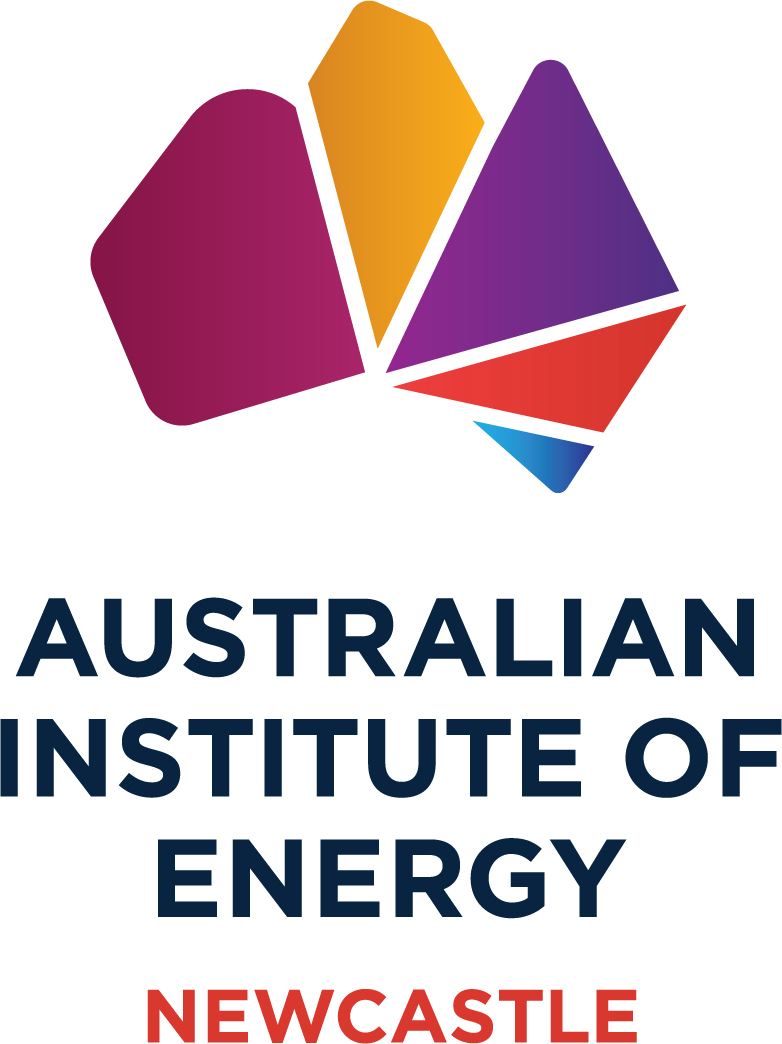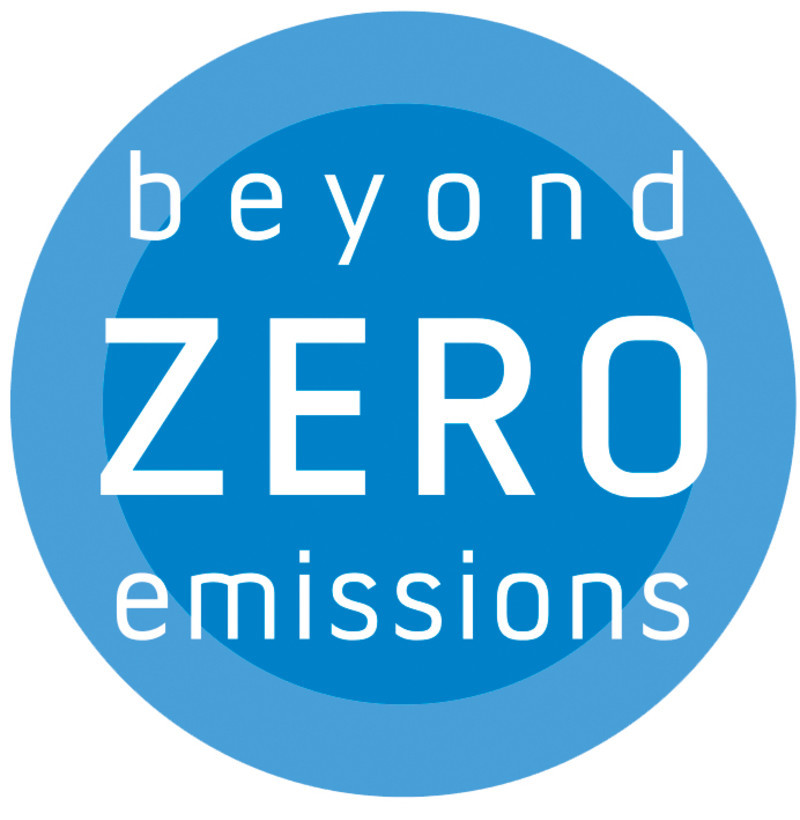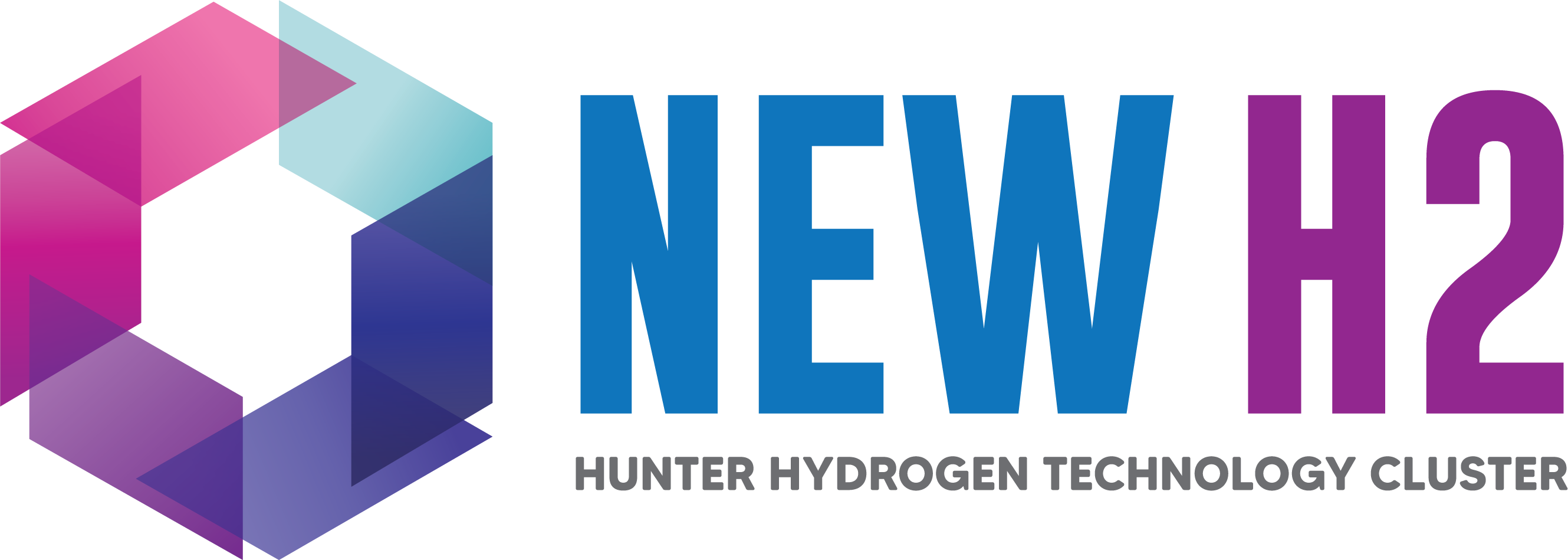Smart buildings project to cut emissions and electricity costs in NSW
The Digital Infrastructure Energy Flexibility (DIEF) pilot project brings together a consortium of partners in NSW to cut emissions, electricity costs and ease pressure on the energy grid.

A new $11 million project led by CSIRO, Australia’s national science agency, will drive the development of new technology to support flexible demand for energy, empowering consumers to have more control over their electricity usage, save money and ease pressure on the energy grid.
Flexible demand is an alternative to the traditionally rigid energy network infrastructure, offering a way to lighten the load on the grid during busy periods, reduce energy costs and lower peak demand.
However, the flexible demand approach is still nascent and requires new technologies, market processes and ways of engaging with energy users.
The Digital Infrastructure Energy Flexibility (DIEF) pilot project will address these issues, bringing together a consortium of project sponsors responsible for funding, research outcomes, coordinating artificial intelligence competitions and onboarding buildings onto the digital platform.
Members of the NSW consortium who are sponsoring the project include CSIRO, NSW Government, Amber Electric, DNA Energy, EVSE Australia, Nube iO, Property and Development NSW, RACE for 2030 CRC, UNSW, UOW, and Wattwatchers.
The project was funded with a $3.75 million grant from the NSW Government, under the Net Zero Plan Stage 1: 2020-2030. The remaining funding (cash and in-kind) was provided by consortium members and in-kind funding from CSIRO.
CSIRO’s Data Clearing House Platform (DCH) provides the digital infrastructure for the project. DCH is a software platform for owners and operators of existing or new commercial, industrial, government, and mixed-use developments to connect with service providers to solve common data related problems.
Up to 200 buildings, selected by the project consortium, will participate in the pilot and be connected to the DCH Platform.
The DCH Platform forms part of CSIRO’s developing Smart Energy Mission which is focused on building Australia’s next generation of integrated and equitable energy systems.
The project will allow property owners within the pilot to share data and build innovative software applications for sophisticated management of building carbon emissions.
Property owners will be able to identify opportunities for energy flexibility and productivity improvements resulting in reduced operating costs, energy use and improved comfort and occupant experience.
The data collected during this trial will be used to inform Government on the creation of a flexible demand policy and asset register.
Of the 200 buildings to be connected, the Data Clearing House expects to gain access to devices that consume over five megawatts of power from the grid, (up to 0.08 per cent of total demand in NSW). The power usage of these devices can be intelligently controlled to match up with periods of high renewable generation.













